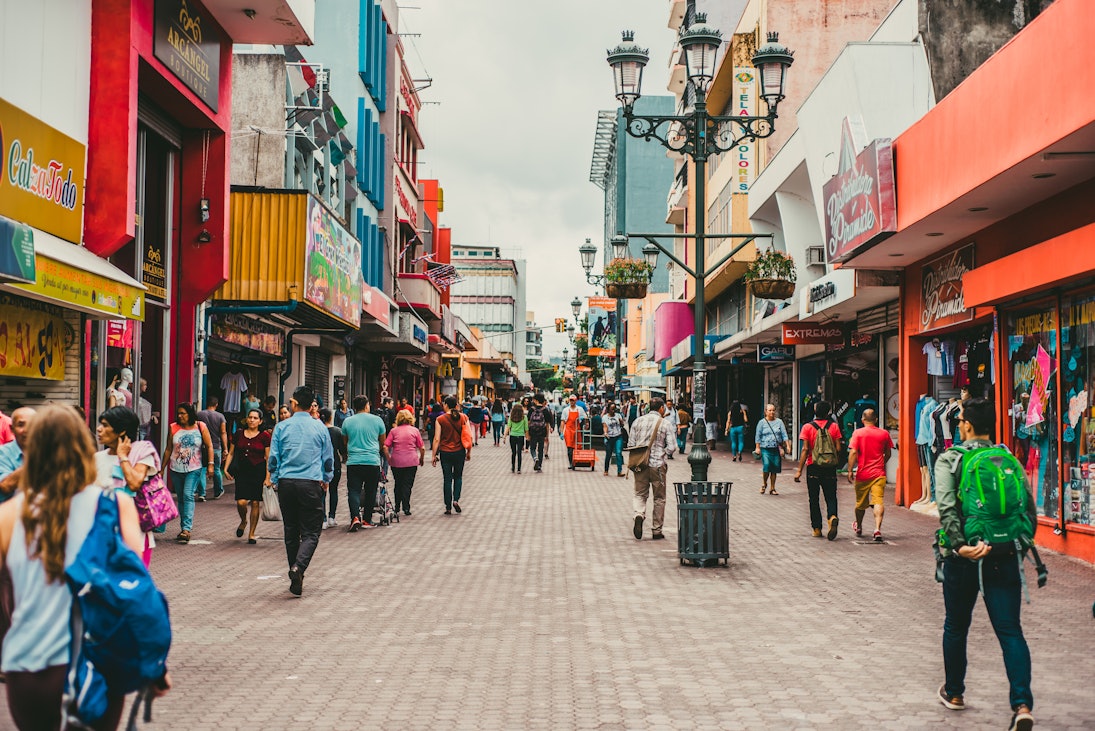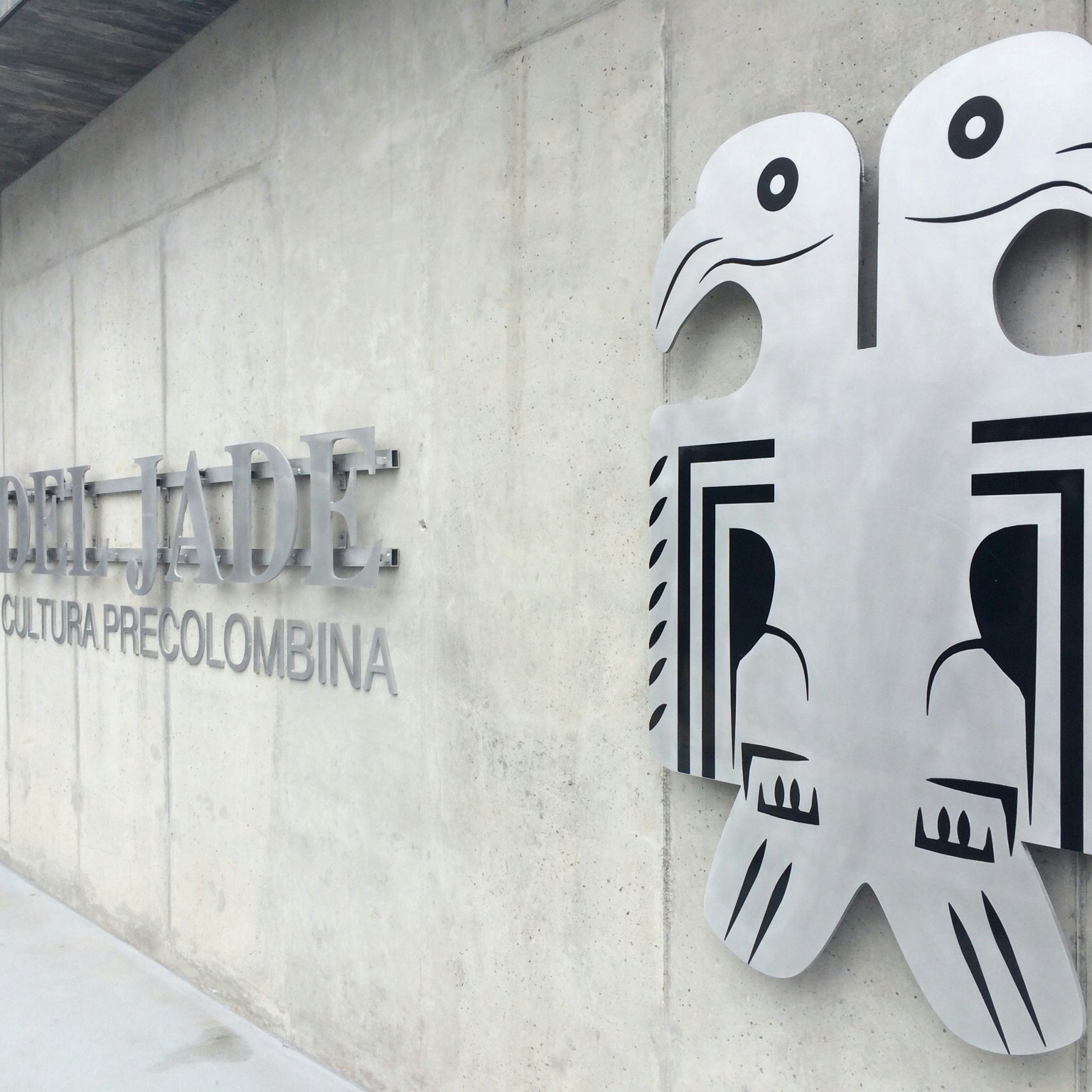

©Luis Alvarado Alvarado/Shutterstock
Overview
While it's tempting to make a beeline for Costa Rica's luscious countryside, take some time to get to know San José, Costa Rica's humming capital city. Wander historic neighborhoods such as Barrio Amón, where historic buildings have been converted into contemporary art galleries, and Barrio Escalante, the city's gastronomic epicenter. Stroll with Saturday shoppers at the farmers market, join the Sunday crowds in Parque La Sabana, dance the night away to live music at one of the city's vibrant clubs, or visit the museums of gold, jade, art and natural history, and you'll begin to understand the multidimensional appeal of Costa Rica's largest city and cultural capital.
Meet your new travel partner
Stay connected in San José
Unlimited data while you travel with Holafly eSIM. Use code LONELYPLANET for an exclusive discount.
Must-see attractions
Planning Tools
Expert guidance to help you plan your trip
Best Things to Do
San José is more than just a necessary stopover. A few days here offers an appealing introduction to all Costa Rica has to offer.
Read full article
Best Time to Visit
Choose the best time for your visit to San José, Costa Rica, with this guide to what's happening through the year.
Read full article
Transportation
The capital of Costa Rica can be confusing and difficult to navigate, but it's always an adventure. Here's how to get around.
Read full article
Free Things to Do
Visiting Costa Rica’s capital won't break the bank if you know where to go. We've got the intel on the best free things to do in San José.
Read full article
Best Neighborhoods
San José is filled with world-class museums, creative cuisine and avant-garde art. Get to know “Chepe” with this guide.
Read full article
Get a book. Get inspired. Get exploring.
in partnership with getyourguide














